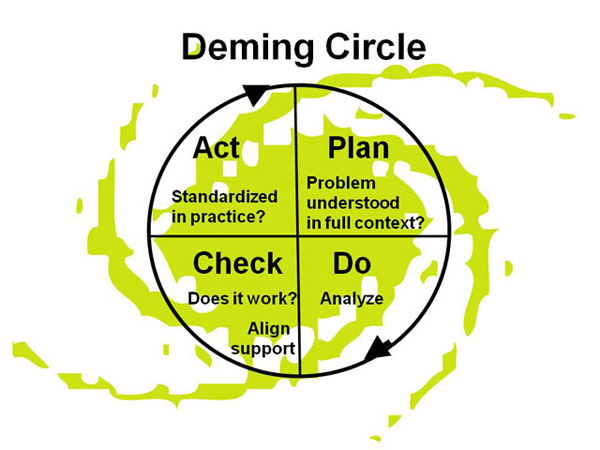April 26, 2011
In a new book, Obliquity, John Kay addresses problem solving as seen by many CEOs and career politicians: wicked, systemic, dynamic, and wretched. Caretaker leaders try to avoid this with financial management that assumes a future that is an extension of the past, but “poker playing” leaders love this game. It excites them more than technical problems because, besides the uncertainties of nature and technology, they engage other players who have conflicting objectives on ever-changing game boards.
On this rolling sea, some just want to be the captain with little concern for a ship’s ultimate destination, but merely seek targets of opportunity. For those with vision, John Kay advocates navigating by tacking with oblique moves. Ten-step management formulas cannot assure leadership diversions returning to course, or that an initial objective, or mission, remains a good one.
Welcome to the Machiavellian milieu. No social human can escape it. In this domain, leaders personally familiar with an organization’s operations will avoid some mistakes, but to give direction and hold course, character and purpose are crucial.

By contrast, the Deming Circle, shown above, lends science-based rigor to problem solving. Many organizations now “deploy” variants of the Deming Circle. The diagram hints of some common weaknesses in practice. One is not seeing problems in broad enough context, thus addressing more symptoms than deeper root causes. A second is not to standardize improvements in practice, bolstering them so that they “stick,” and thus re-learning the same lessons over and over. A third is not making process improvements constantly, so that work-around lapses and new developments overtake them.
But a hidden assumption of Deming Circle logic in practice is that improvement can be consistently defined, which presumes that an organization’s mission and business model are stable. Destabilize them and Deming circle logic runs in circles. An improvement today can have unintended repercussions if what we now think is success does not hold. Stability of direction in chaos is a leadership obligation. In Compression, financial systems are inadequate compasses, so concepts of an organization’s physical footprints and the quality of process outcomes are necessary to avoid floundering.
The figure imposes the Deming Circle on the fractal (chaos) pattern used for the Compression Institute logo. This peculiar combination symbolizes the muddle of a learning organization totally revamping its business model in conditions of great uncertainty. A major business model change carries so much commercial risk that few conventional companies survive it. Sane leaders don’t undertake this voyage lightly. They prepare themselves and their people to learn very fast and adapt quickly. Unfortunately in Compression, using far fewer resources to improve quality of outcomes will, in most cases, require changes in business models.
Welcome to a complex, unstable world. Nobody can monitor in detail the interrelated issues arising from every direction, nor can they predict exactly how they might affect a specific operation. However, all the problems are apt to be simplified if cut in size by simply learning how to improve quality of outcomes using drastically fewer resources. That’s a tough goal, but it’s easy to understand as an organizational direction.
